Grocery Stores Manipulate You- Tricks They Use to Make You Spend

Grocery stores are a dangerous place (for your wallet). No matter what your best intentions might be, whether you bring a list or desperately try to cover your eyes on the way to the milk, it seems like these box-filled places always get the best of you. As you walk away, your cart filled to the brim with items you had no intention of buying, all you can do is shake your head and wonder how grocery stores manipulate you into buying so much.
Well, the good news: it’s not you. Pretty much everything about the grocery store experience is designed to manipulate your senses, and then twist you into buying things. Ever wonder why milk is always in the back of the store and “sale” items in the front? Or that in some states it’s legal for supermarkets to change expiration dates? Do you know the deceptive reason checkout lanes are so narrow? Knowledge is power, so don’t forget to SHARE with your social media followers these ways grocery stores manipulate you!
Hey, You Hear That Music?
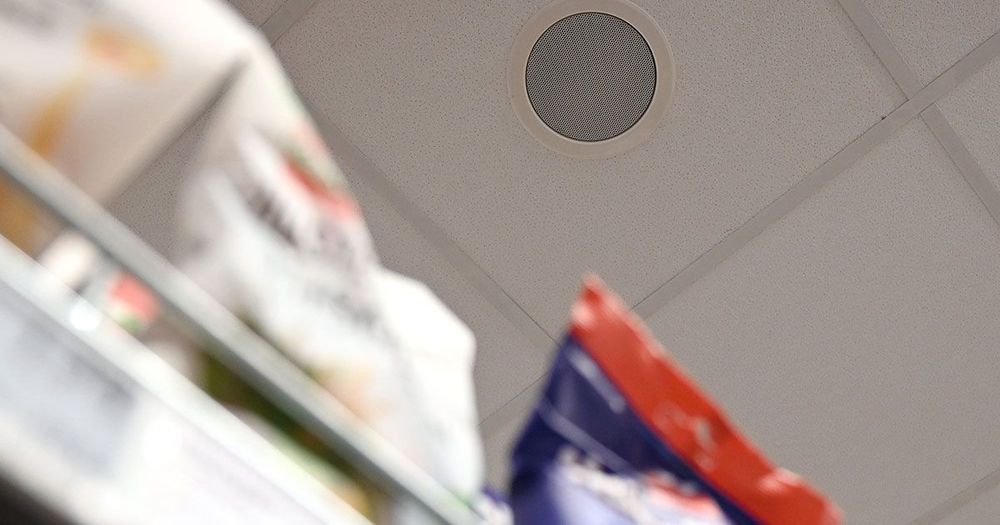
Spending a few hours at a grocery store can get pretty boring, and that’s why it seems awfully nice of them to play such catchy tunes. As you wander through the aisles, there’s a decent chance that you’ll recognize the music playing from the overhead speaker, and perhaps even be able to hum along with it. Why is it always the same slow, familiar music, though? Couldn’t they try playing something with a faster pace, or perhaps some experimental indie?
…It’s Playing for a Reason

Grocery store music tends to be slower paced, because it encourages you to walk slower, move slower, and thus spend more time in the store. A fast beat would, subconsciously, encourage you to move faster. They don’t want that. As for the familiar tunes, this is the result of careful studies showing how pleasurable music brings up a customer’s mood. One of the best ways to ensure those happy feelings is to use hit songs that everyone recognizes. It’s all part of the plan.
Things Are a Little Imperfect
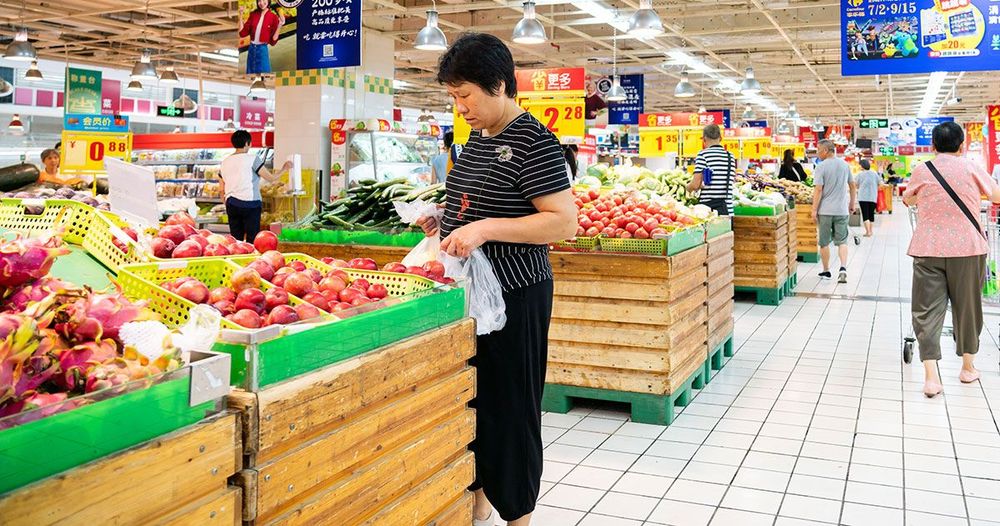
A grocery store, if it’s successful, gets a lot of traffic. That means dozens upon dozens of people, just like you, going through and looking at the same items as they decide what to purchase. Presumably, this means that sometimes they pick things up, look at them, and put them back. That seems like an obvious explanation for why grocery stores are always a bit disorganized, messy, or jumbled. It couldn’t be anything more devious than that, right? Right!?
They Want You to Touch Things
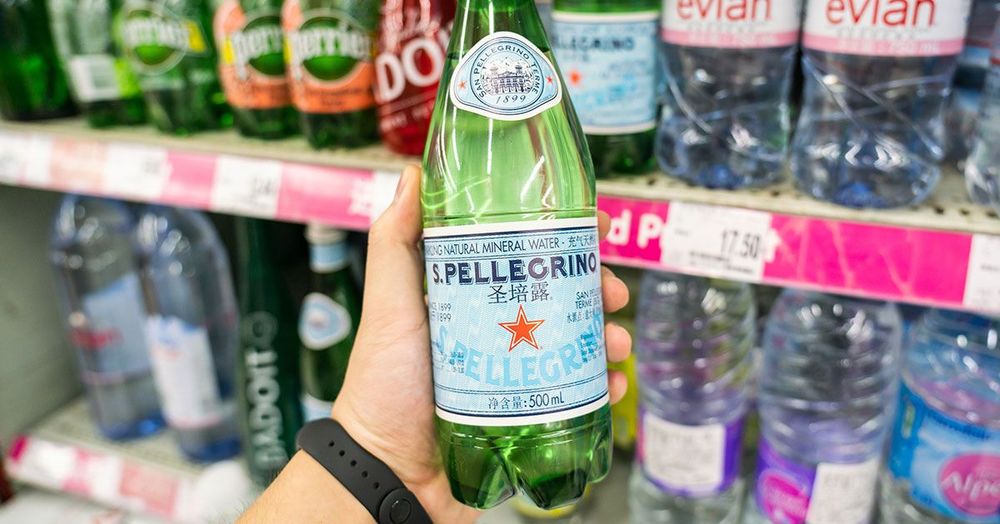
Actually, grocery stores have done their research, and done it well. Studies show that the longer you hold an item in your hand, the more likely you are to buy it. If you have to go to some effort to reach it, and to look at the label? Every second wasted is a step closer toward a purchase. Now, if everything was perfectly arranged? You wouldn’t touch anything, because you’d be afraid of messing it up. Cluttered piles, though, are something nobody has any qualms about pushing through.
Expensive Items Are in Easy Reach

Unless you have no life, or happen to have an undying love for spending hours cruising though the aisles of a grocery store, the chances are that most of your supermarket visits are hurried, frenetic affairs, where you’re just trying to get what you need, get out, and start preparing dinner. Because of that, you don’t want to spend a lot of time digging through shelves to find the best deal. You want to find the most convenient product. Why is it, though, that that the more expensive items always seem to be right at eye level?
Cheaper Ones Are More of a Stretch
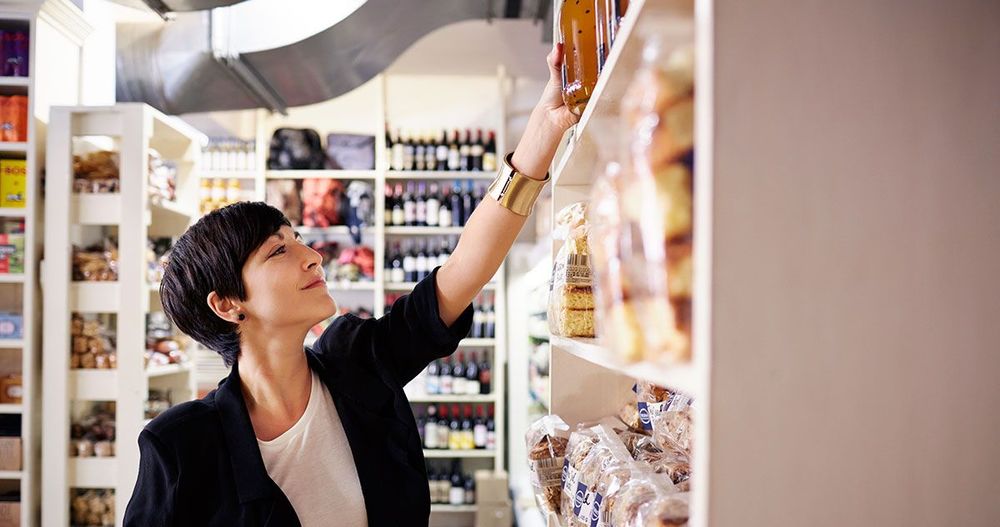
It’s intentional, of course. Grocery stores want you to see the pricier eye-level products, grab them, and not bother comparing gross weights, deals, or what have you. So, just to make cheaper items a little more inconvenient, they tend to place them on higher shelves, or in places that require a little extra work on your part. Now, if you have 16 billion years to go grocery shopping, you’ll do the extra work. If you’re like most people, though, you probably want to get out of there a bit more quickly, and that means the grocery store has successfully manipulated you.
The Deals Seem Great
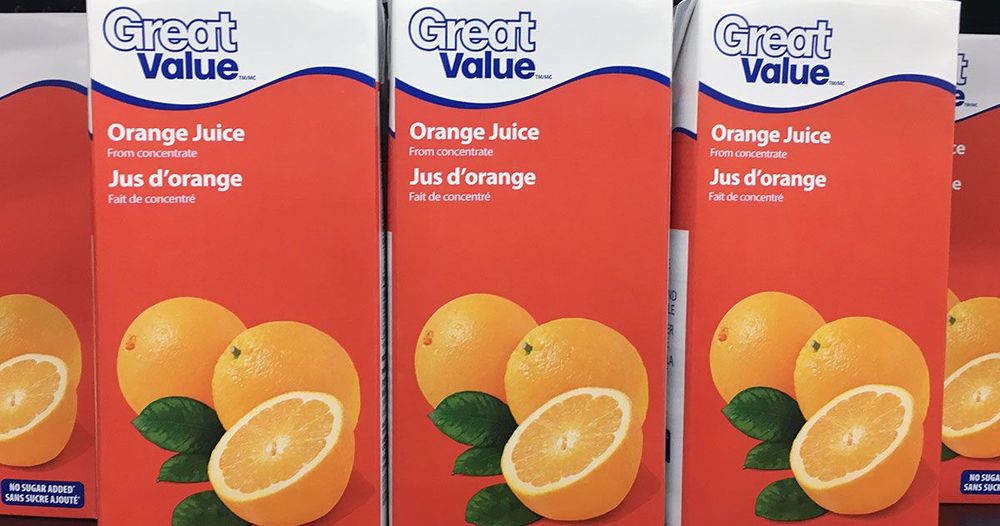
One of the best parts of going to the grocery store, if you’re a thrifty shopper, is picking out all the great deals. Sometimes, an item is on sale for just a few days, or a week, but other deals run for a long time. There’s a good chance, perhaps, that you’ve picked your favorite grocery store precisely based on which one offers the best deals. Unfortunately, there’s also a good chance that the deals aren’t quite as great as they feel like.
Because They’re Tricking You With 'Charm Pricing'
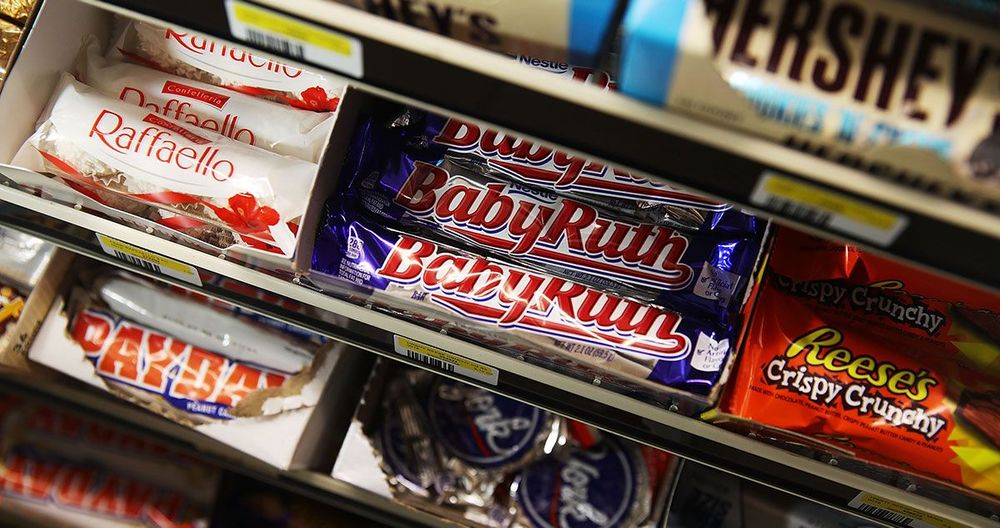
Have you ever noticed how items are never priced at even numbers? For example, you’ll often see a product with the price point of $1.99. Sounds like a bargain, right? Wrong. It’s a careful scam. Yes, intellectually, you probably know that buying a $1.99 item is actually buying a $2.00 item. However, this method – known as “charm pricing” – plays on your emotions, making you feel like you got the item for a single buck, even though you know you didn’t. Since we read left to right, the left number is the one that registers most definitively in the brain, and they’re using that knowledge against your wallet.
Start With the Sales
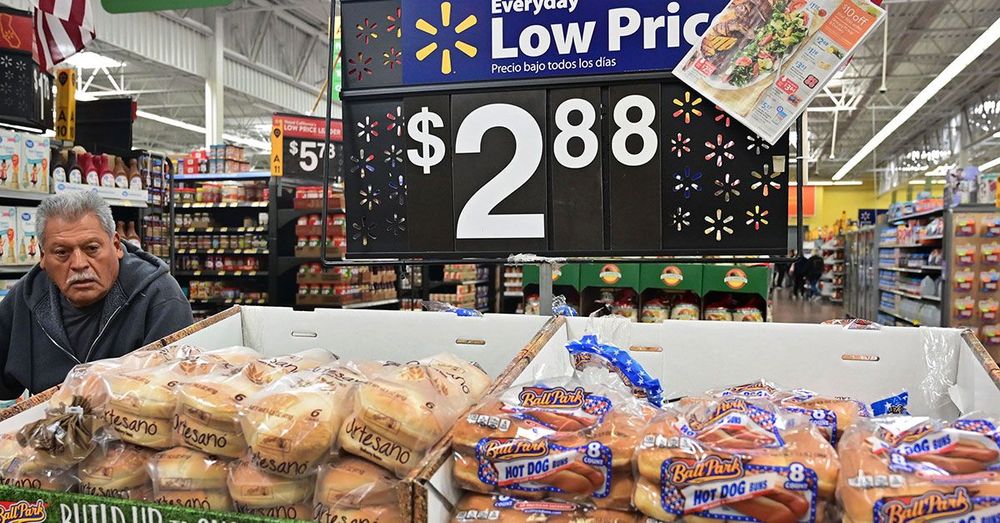
Grocery stores try to present themselves as your good friend who is always leading you to the best deals. Want to know one of the key ways that they do this? When you first enter the store, you’re immediately slammed with all the best deals. This might seem like they’re doing you a favor, by letting you know which items are on sale before you go poking around the store. In reality? You’re playing right into their hands, and they’re laughing all the way to the bank.
Even Though You Weren’t Originally Going to Buy Them
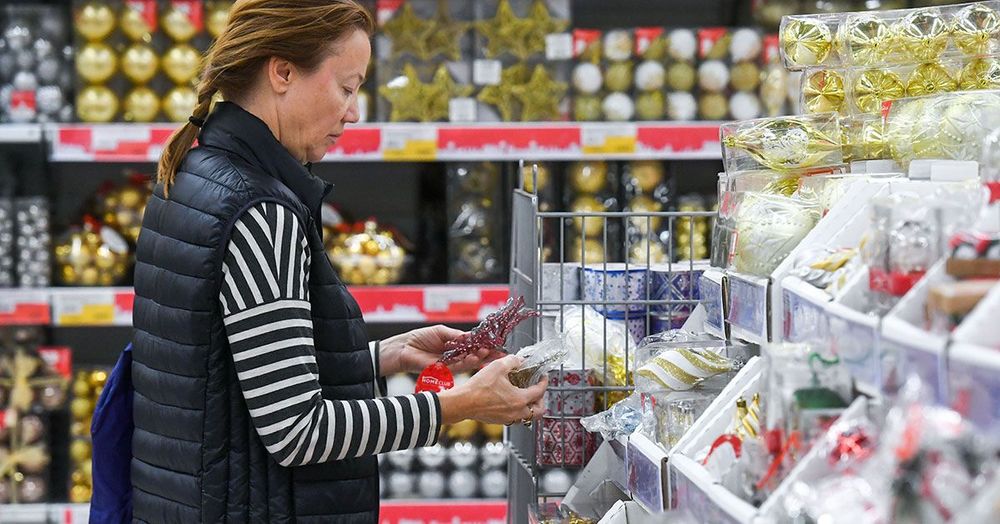
Be honest with yourself. Yes, those bags of candy stationed near the entrance were a great deal. However, did you really need them? Furthermore, if you hadn’t seen those products glaring in your face with their big red logos, or if you’d known how big your receipt was going to be at the end, would you have even purchased them in the first place? Supermarkets place their deals at the entrance because, at that point, you haven’t bought anything – which means you’re more inclined to scoop up “deal” items, which you’d be a lot shakier about after your cart is full.
Too Many Options...

Grocery stores are overwhelming. There’s no getting around that fact. Everywhere you turn, thousands – if not millions – of options present themselves to you, for just about every single food item you could dream of. Which kind of milk do you want? Which brand do you prefer? Which version of balsamic vinegar is your favorite? While you might go in as a discerning consumer, with real preferences, holding it together becomes nearly impossible by the time you’re through.
...Leads to Unplanned Purchases
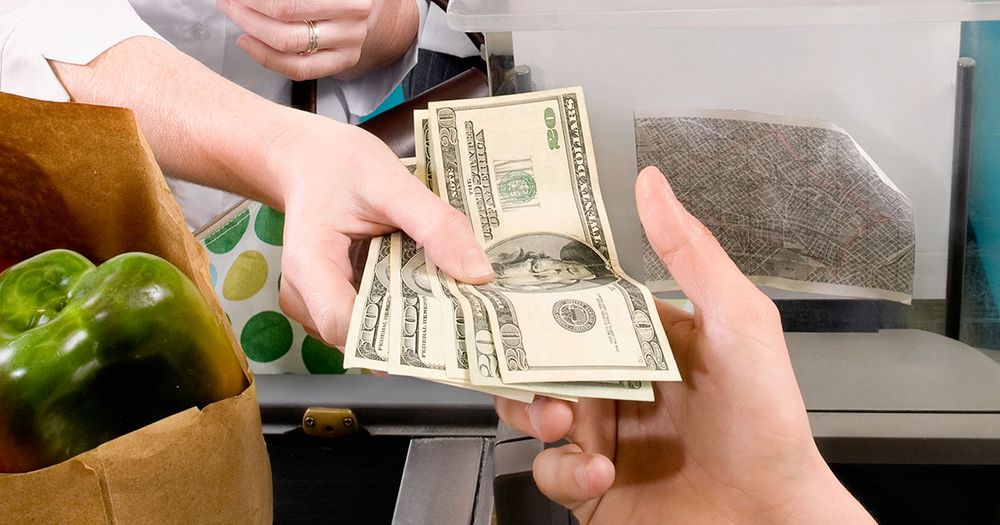
Naturally, this is done by design. Going to the grocery store is an exercise in constant decision making. Even if this is a skill you pride yourself on, you can only keep it up for maybe 40 minutes – at most – before you start rushing yourself, trying to get it over with. The result of this, studies show, is that people eventually start making lots of impulse buys, without really thinking them out. In the end, about 50 percent of purchases are unplanned, and that’s a scary number.
Deli Inspections? What Deli Inspections?
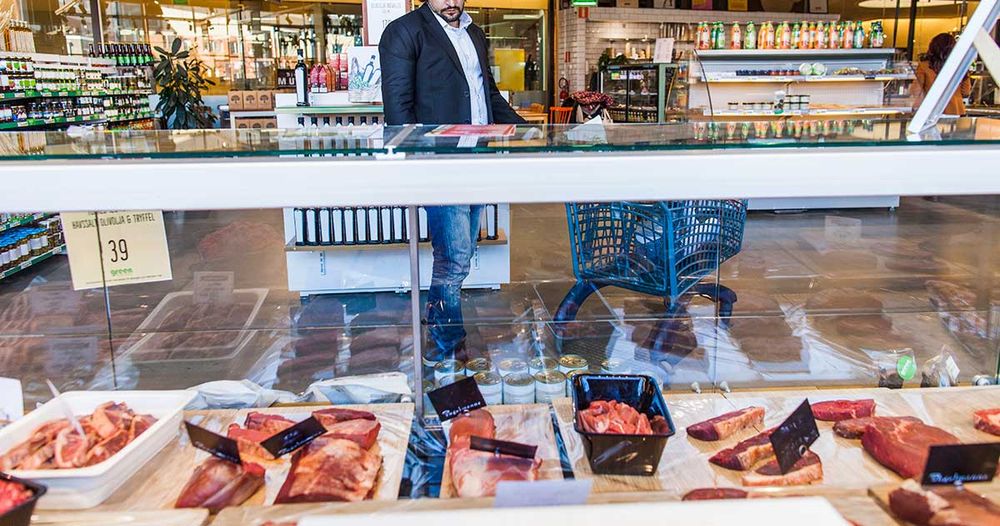
Just FYI- Grocery store delis get similar health inspections as restaurants. However, if a grocery store fails, it isn’t obligated to tell you like a restaurant does. This means that there’s little incentive to change. That’s what Dateline found when it visited 18 stores that had received “critical” health inspection reports, i.e. at least one violation that could cause harm to a person. Of the 18, 11 still had the same health violations. Why is that?
Lax Inspections

When Dateline found repeat health violations, the obvious question was, “Why does the government allow this?” The answer- The federal government isn’t in charge of the inspections; local health departments are, and they’re often understaffed. When the violations occur, it’s often kept between the inspecting agency and the store. But consumers can request to see the health department scores, and stores should have them on hand.
Tempting Treats
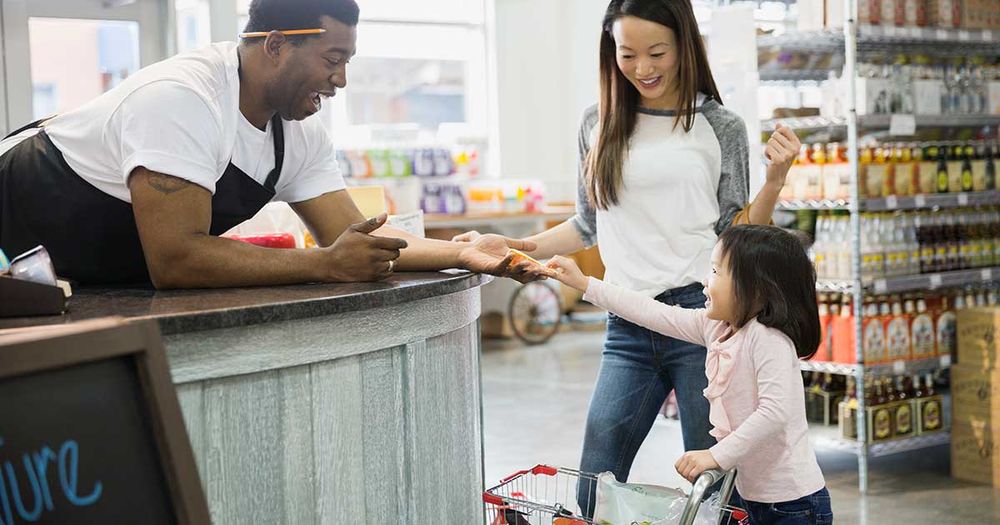
Did you think that when stores handed out samples they were doing it out of the kindness of their hearts? Nope. Rather, research by the Journal of Consumer Research shows that eating a sweet treat while shopping can boost a shopper’s desire for non-food luxuries. These stores are literally playing mind games with you.
Product Placement
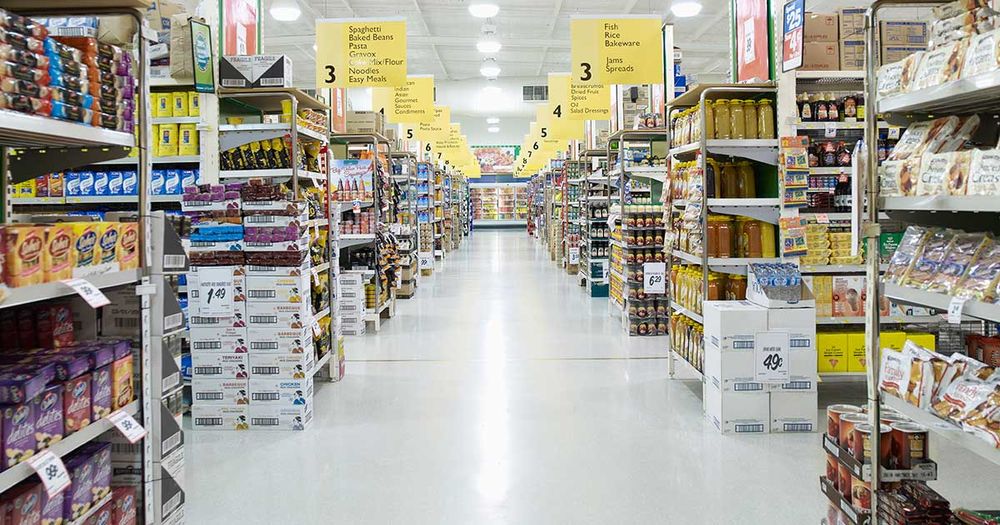
Store owners know that most consumers won’t go up and down every aisle. So, to highlight specific items, they’ll place those products on the “end caps” to entice shoppers to buy. And it works! Items placed on end caps can see a 33 percent increase when featured there. You didn’t even know you wanted it!
Produce Now, Impulse Purchases Later

Visiting a grocery store for the first time can be a little daunting. How are you going to find what you’re looking for? Well, most stores have the same floor format to help ease your anxiety (and don’t forget the calming music). When you walk into a grocery store, what’s usually the first thing you see? The produce section. Have you ever wondered why? As National Geographic notes, consumers who buy produce (i.e. healthy food) early in their shopping are more prone to buy sweets and impulse purchases later in their trip. Man, these guys are sneaky!
Water Mist on Fruits and Veggies
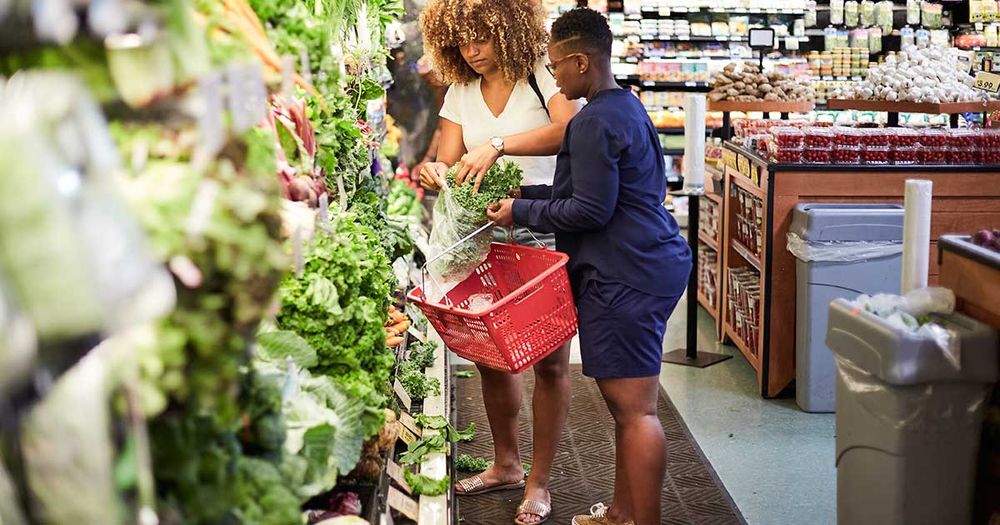
When you’re strolling through the produce section and a mist of rain pours over the fruits and veggies, it might entice you to pick out a few extra healthy things – which isn’t bad. If it does persuade you to buy more, then it’s doing its job, because that’s the only thing the mist is supposed to do. Martin Lindstrom, the author of Brainwashed- Tricks Companies Use to Manipulate Our Minds and Persuade Us to Buy, notes that the mist gives the food a “fresh-picked” look, but serves no practical purpose. It’s not enough water to wash the food, and even if it did, how many other people touched that fruit before you decided to buy it? As Lindstrom points out, the mist actually makes vegetables spoil faster than they otherwise would.
Meat Glue
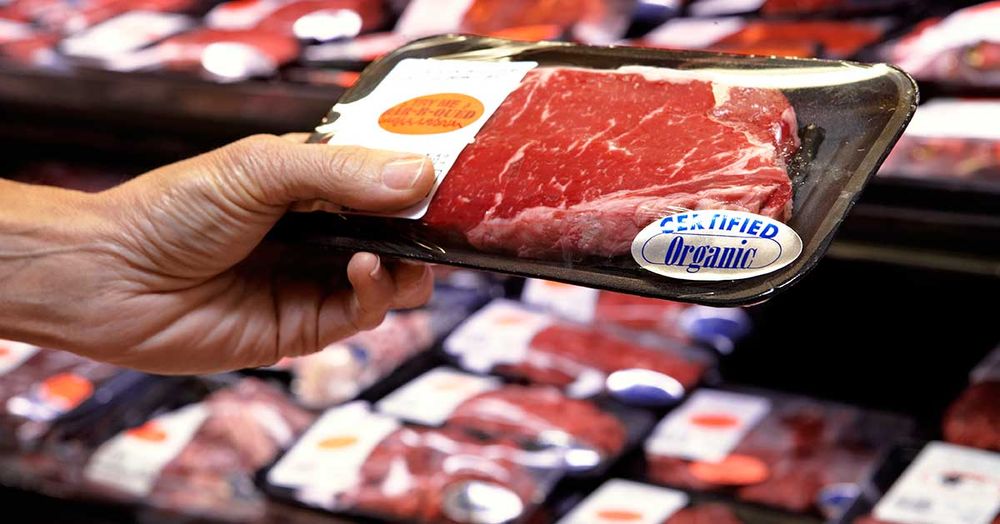
When shopping for meat, do you often wonder how markets find such perfect cuts of it? Well, not all of it’s cut that way. Supermarkets use a substance called transglutaminase, or meat glue, to bind pieces of meat together. They can essentially turn smaller strips of meat into a delicious-looking, marbled steak. When a local Denver TV station reported on the doctored steaks, people were outraged, but the report also revealed that in many parts of the country, grocery stores aren’t required to label or mark what meats have been glued.
Only One Way in
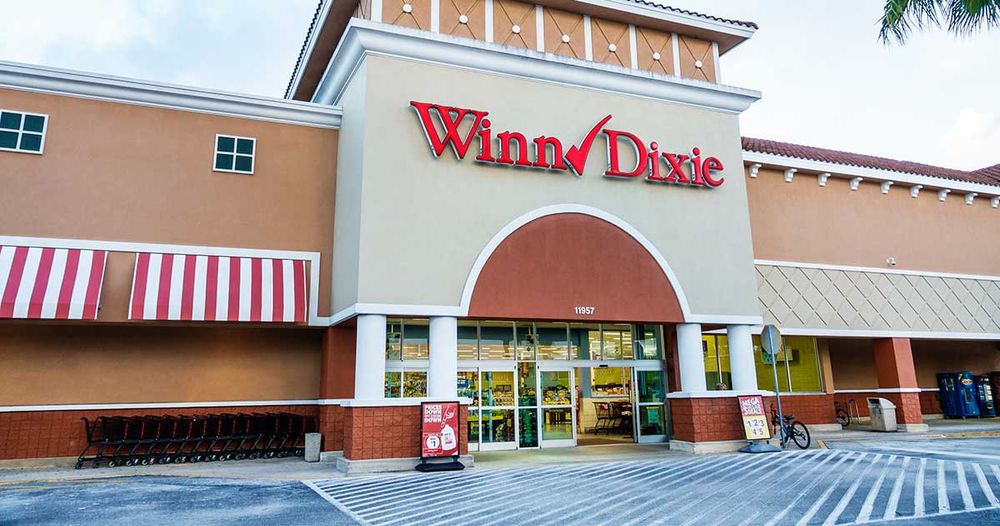
It used to be that you’d enter and exit a store from the same door, but have you noticed that most stores now have one main entrance and a separate main exit? Partly it’s to help the flow of traffic, but according to National Geographic, it’s mostly to make consumers walk through a good portion of the store in the hope that they’ll add more to their shopping carts.
The Boomerang Effect
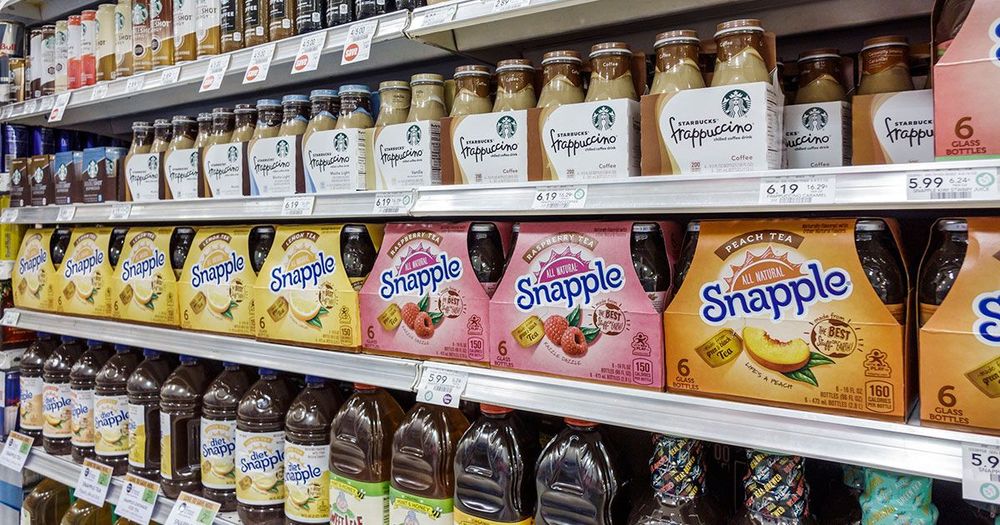
One supermarket trick that doesn’t seem obvious at all is the placement of the most popular items in the middle of aisles. The mid-aisle location means that consumers are more likely to spot something else while on route to their destination. Retailers do this in an attempt to diminish what’s called the “Boomerang Effect.” That’s when shoppers (men are more likely to do this) go directly for the item they need and return the exact same way, limiting their exposure to other items in the store.
The Carts Seem So Enormous, These Days!
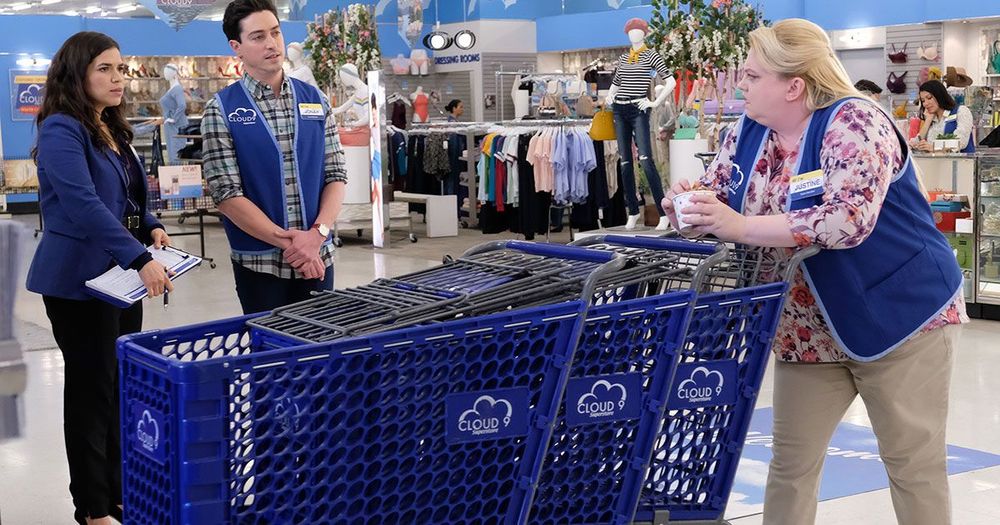
When you go to the supermarket, you probably grab a cart. Sure, you might have once been one of those people who tried to carry around the little basket, but you’ve learned your lesson- pushing along a cart is a heck of a lot less painful than trying to wedge heavy objects into a tiny plastic thing under your arm. For some reason, though, today’s grocery carts seem absolutely enormous, compared to how they used to be. Is this just a trick of the light? Are you imagining things?
It’s Not Just Your Imagination, They Really Are Huge
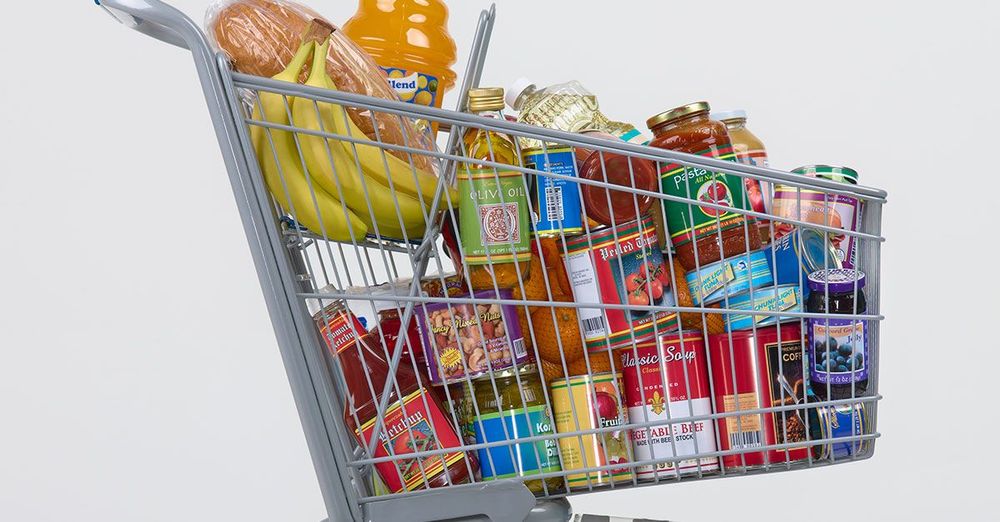
Sure, the carts seem gargantuan, which also makes the contents inside them seem small … until you get to checkout and realize you’ve picked up hundreds of dollars of food items. Bigger grocery carts are a subtle way to manipulate you into buying more groceries. Nobody wants a cart that is spilling over with items – particularly the store, since that will encourage you to stop picking up new ones – so making sure the cart never fills, by giving you a super-sized one, is a clever trick to keep you shopping.
Unfortunately, Those Shopping Carts Are Likely Covered in Poop
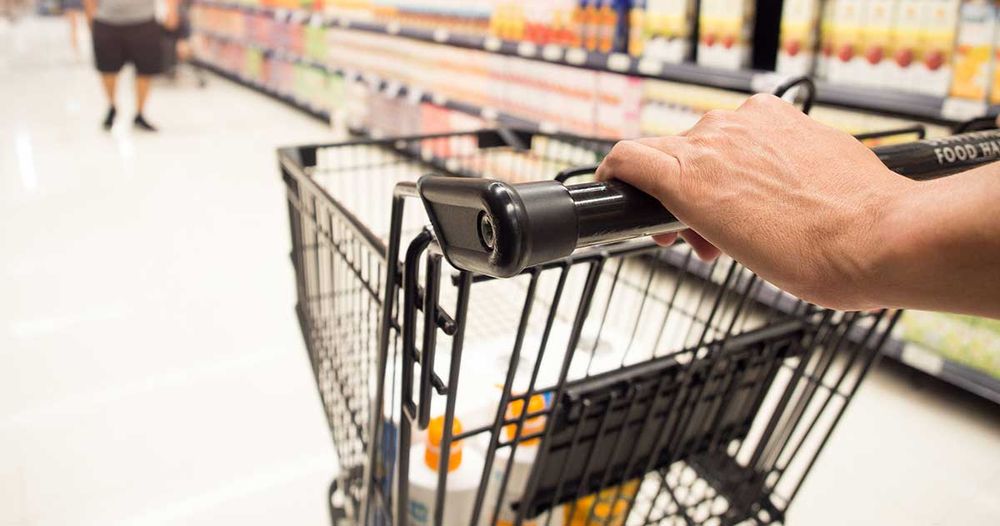
Back in 2011, a researcher with the University of Arizona found that 72 percent of shopping cart handles contained traces of fecal matter, and 52 percent contained traces of E. coli. Yes, the handles on shopping carts are dirtier than most bathrooms. But why? Well, they’re dirtier because grocery stores don’t often clean the shopping carts like they do restrooms. The cause of this? Children. Kids tend to carry trace amounts of fecal matter everywhere, and they also tend to touch just about everything under the sun, transmitting all those little germs all over the place.
Changing Expiration Dates Is Legal in Most States
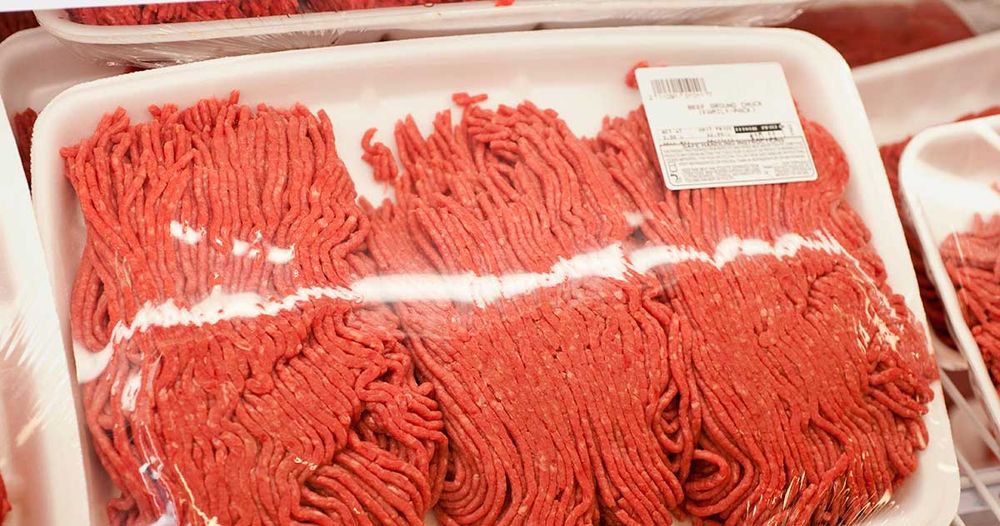
Most everything in a grocery store comes with a “Use by” or expiration date, but as most of us learn in college when we test expiration date limits, the shelf life of food isn’t an exact science. Supermarkets are well aware of this and take full advantage. In 30 states, it’s completely legal to change the expiration label on food (except baby formula) as long as the store itself deems it safe to eat. Of course, anybody with a brain can deduce the conflict of interest in allowing the store to make the decision. “Hmm, let’s see- Throw this questionable product out and lose money, or slap a new label on it for another week and maybe make some money?” Yeah, tough call for them, right?
Oh, the Smells!
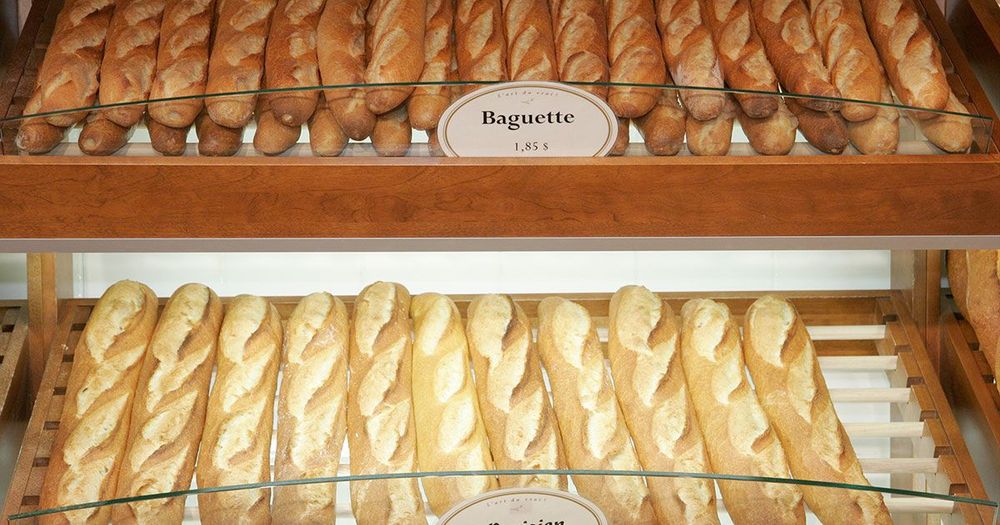
Okay, so many of the boxed aisles of the grocery store don’t exactly remind you of your grandmother’s kitchen, but once you pass by the bakery, you’re hooked – and smell is a big part of the reason why. The aroma of fresh bread, cakes, and doughnuts is enough to get anyone’s mouth watering for a bite. If seafood is your thing, then those smells will get you hungry, as well. This isn’t a coincidence, of course. Grocery stores want you to smell things, because…
The Smells Are Perfectly Designed to Trigger Your Emotions
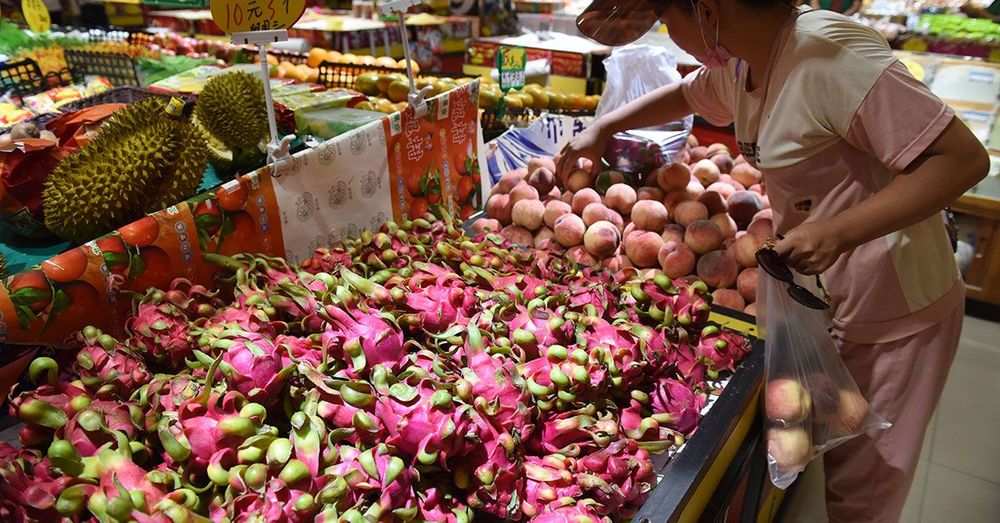
It’s been said that you should never go the grocery store if you’re already hungry, and honestly, that’s good advice. If your stomach is growling, and you pass by a freshly cooked rotisserie chicken, it won’t matter how tight your wallet is. You’re getting that chicken, regrets be damned. Grocery stores use this knowledge against you, by making sure that wonderful smells are wafting your way as often as possible. You can’t pinch your nose the whole time, and they know that.
It's Like a Maze in Here
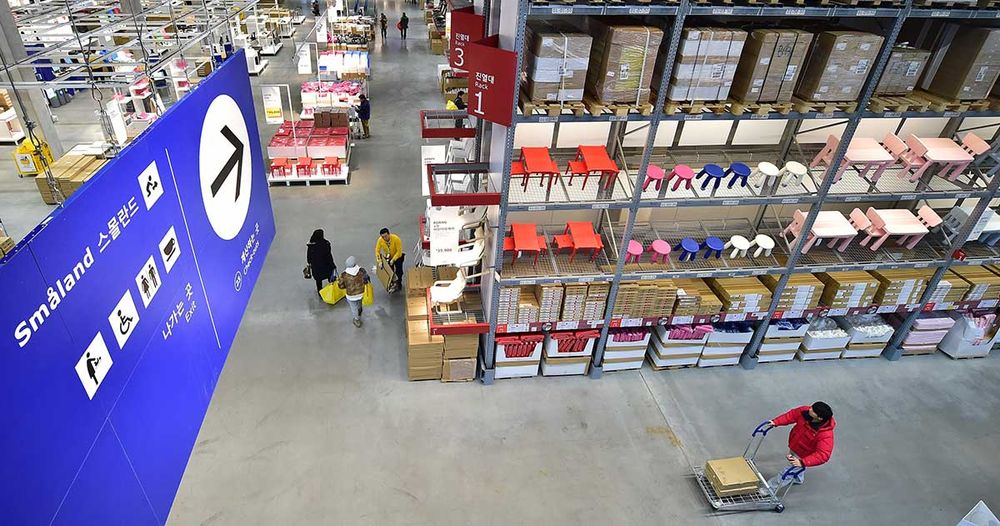
Department stores like Bed Bath & Beyond, IKEA, and Costco can feel disorienting and like a maze. That’s on purpose. In advertising and marketing lingo, there’s a phenomenon known as the “Gruen transfer.” It’s the moment that we stop looking for what we came to buy and just start shopping for the sake of it. While supermarkets are far more organized, this basic concept manifests itself in that stores put essential items like eggs and milk at the back of the store.
It Always Takes Forever to Find the Milk
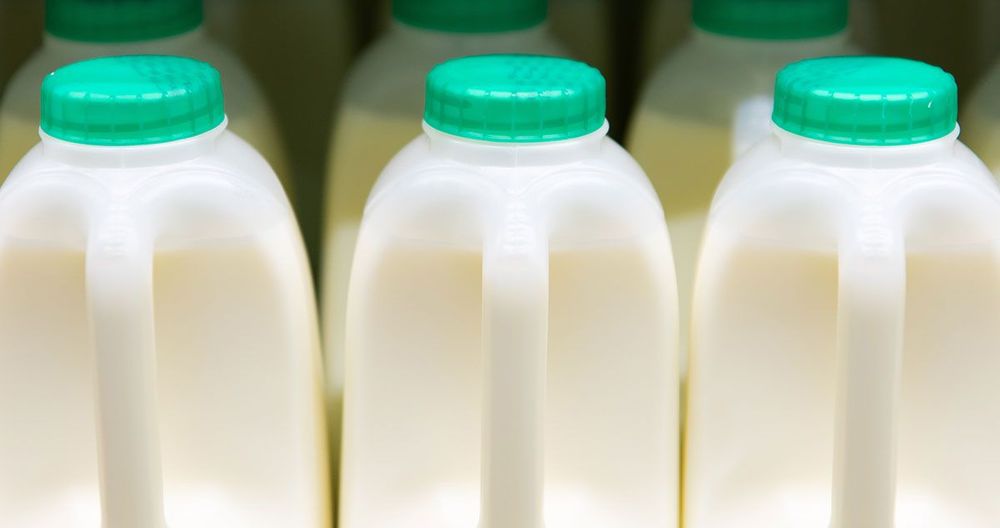
While there are certainly times that you go to the grocery store with the express purpose of getting food for the week, there are also times where you go in just to get a jug of milk. As you step through those doors, you tell yourself that milk is the only thing you’re going to get. Seriously, that’s it. As you stroll through aisle after aisle, struggling to figure out where the grocery store is hiding its dairy section, you try to avert your eyes from other products. Nothing new, nothing shiny, just enough milk to get you through the …. wait, what’s that? Or that other thing?
Because They Hide It as Far Away as Possible
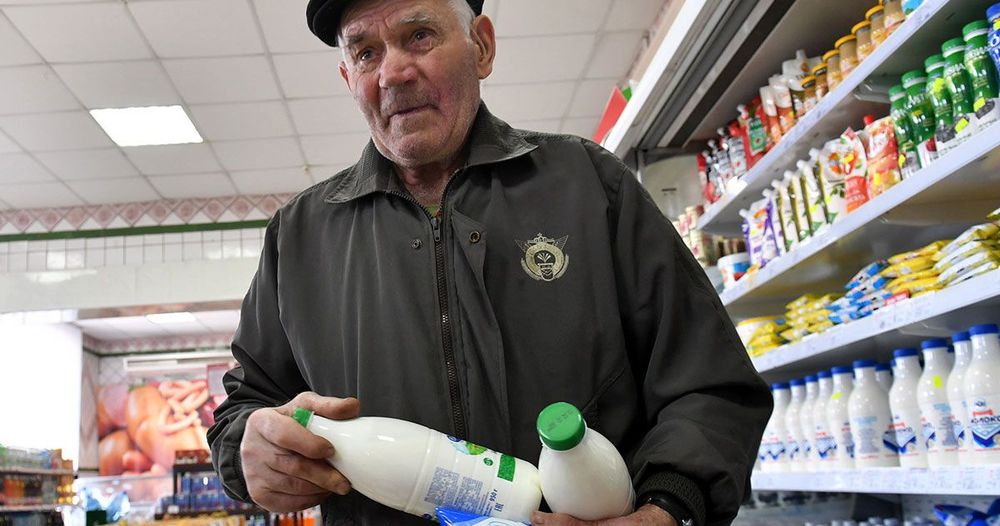
If there’s one item that is the grocery store’s silver bullet to your heart, it’s the milk. They know that. They’ve factored it in. That’s why, no matter what, they try to place the dairy products in the absolute furthest, most inconvenient location in the store. That way, they ensure that even if you only came for milk, you’re going to pass by a wide swath of other appealing items, and hopefully nab them on the way. Crazily enough, this trick works like magic.
Fish Is Often Mislabeled
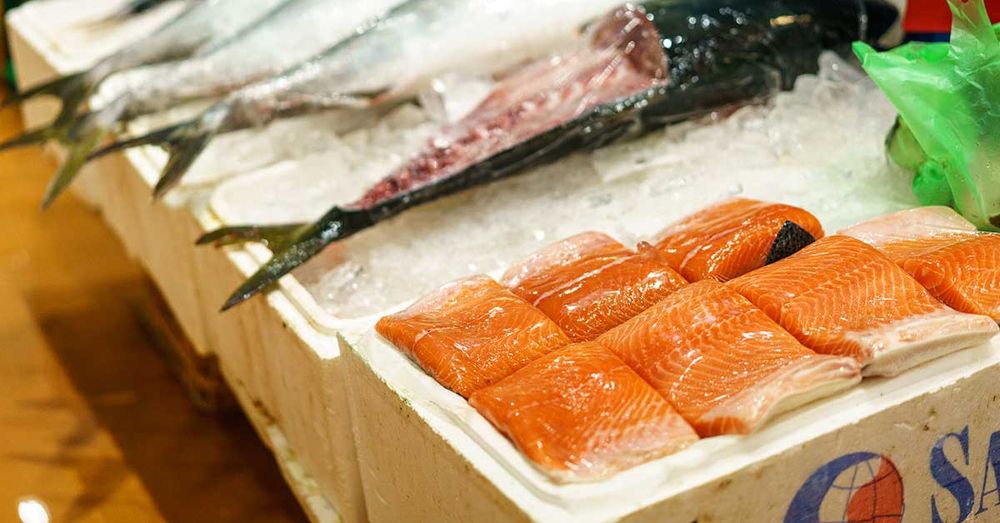
In 2013, Oceana — an ocean conservation advocacy group — released a report after analyzing over 25,000 seafood samples and found that a full 30 percent were being mislabeled in grocery stores. The most disturbing thing about their analysis was that 58 percent of the mislabeled samples were fish that could cause allergy risks for some people, meaning it could literally kill them.
The Horse-Meat Scandal

Back in 2013, Europe dealt with a highly publicized scandal in which horse meat was being used as “beef” in many ready-made meals (frozen TV dinners). People were peeved, and the U.S. Department of Agriculture was quick to say that it wasn’t happening here. However, as NBC News reported, the USDA admitted that actual species testing rarely, if ever, happens for imported meat. Unless there’s reason to suspect that the shipment was in some way damaged, or exposed to harmful chemicals or high temperatures, most shipments come right into the country without anybody knowing for sure if that meat once whinnied instead of mooed.
Such a Vast Array of Products...
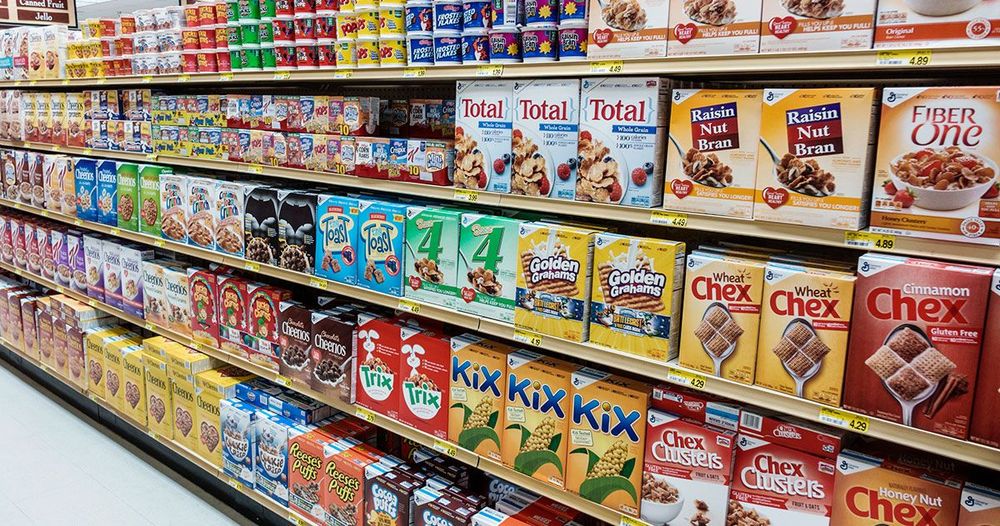
Over the course of history, there has never been a better time to be a food connoisseur. Seriously. The limitations once posed by geography or seasonal shifts are no barrier to the vast selection of food items now sold at every grocery store. Everything you could ever want is there for the taking, more or less, and usually there are multiple brands offering their own spin on it. With some items, though, you might want to be a little more discerning…
…But They Aren’t Always What They Claim
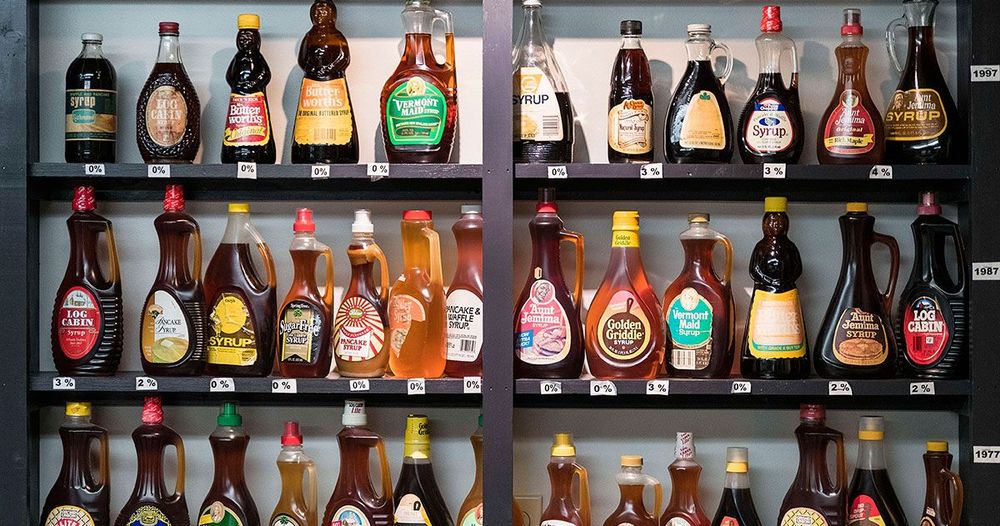
Some of the most popular foods out there aren’t what they pretend to be. These fake foods might market themselves as things you love, and line the aisles of every grocery store, but they’re imposters. Case in point? Maple syrup. Most of the stuff in the store is just a cheap, unhealthy corn syrup imitation. Another faker? Grated parmesan cheese, which often contains only a bit of parmesan mixed with … well, other products, which you might not want to know about. Of course, you wouldn’t buy grated parmesan if you knew that, which is the point.
Colors Matter
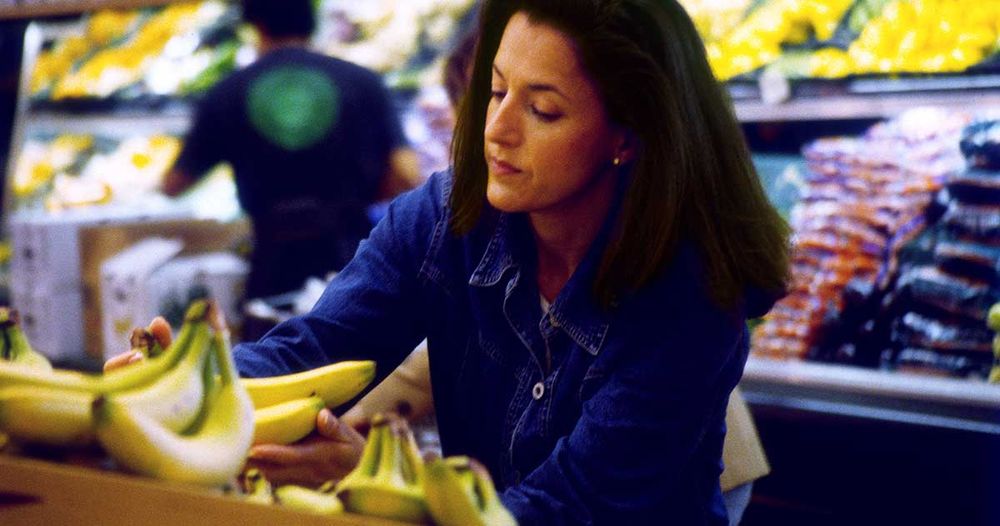
When it comes to consumer manipulation, companies will try many tactics and pour money into studies to figure out what makes people tick, err, buy. One example shows the extreme lengths they’ll go to increase sales. Americans love bananas. Overall, it’s the most popular fruit. So, researchers started to track which shade of yellow tended to appeal most to buyers. They found that Pantone color 12-0752, otherwise known as Buttercup, was a better seller than 13-0858, known as Vibrant Yellow. Growers began to manipulate their crops to grow more bananas in conditions that would yield the buttercup color.
So Many Colors!
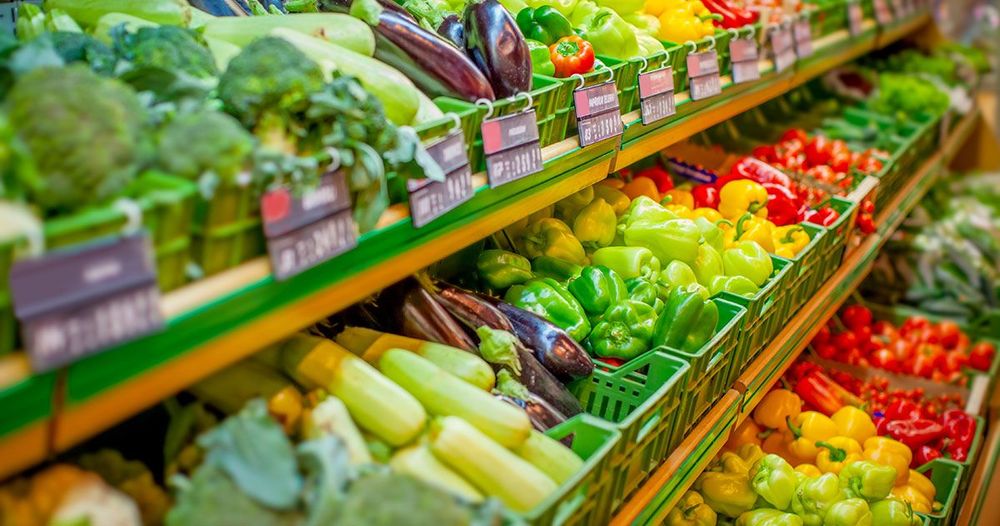
Grocery stores are a smorgasbord of colors. Everywhere you look, your eyes will pop at the reds, blues, and greens, steering you around the store to look at new items. If all these colors were paints, an artist would have a field day with them. Now, you might be inclined to think that this is all a coincidence. Between the red tomatoes and the yellow signs, none of this could be an intentional manipulation … or could it? The truth is creepier than you think.
All of Them Designed to Manipulate Your Eyes
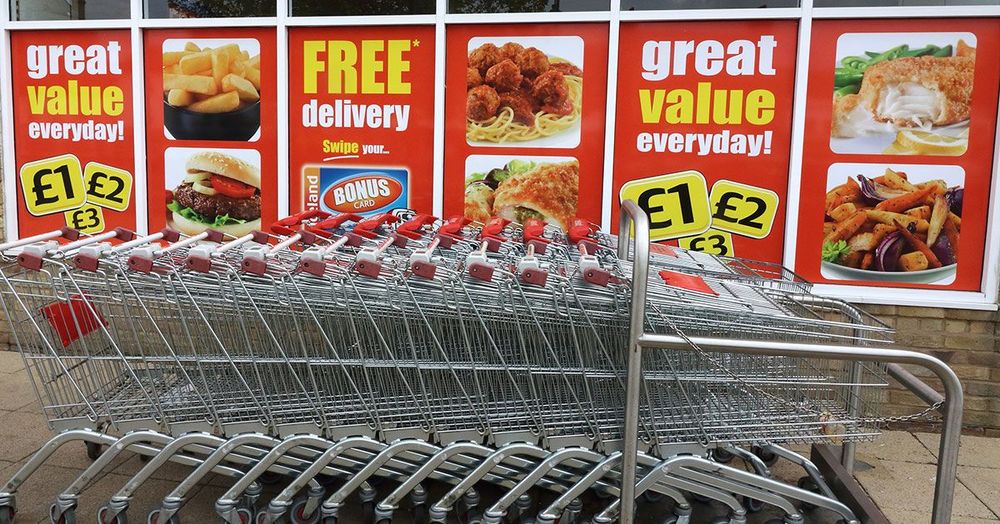
Ever heard of color psychology? You don’t need to go reading all the essays, but basically, colors evoke feelings, moods, and temperaments. Supermarkets know this. They’ve studied it. And they use color psychology to get your attention, to reel you in, and to make sure that you buy things. Case in point? The color red is a major attention getter. When you see red, you take action. That’s why big sales are splashed with big red posters, to make sure you look at them, and then buy the items listed.
The Checkout Lanes Are Narrow
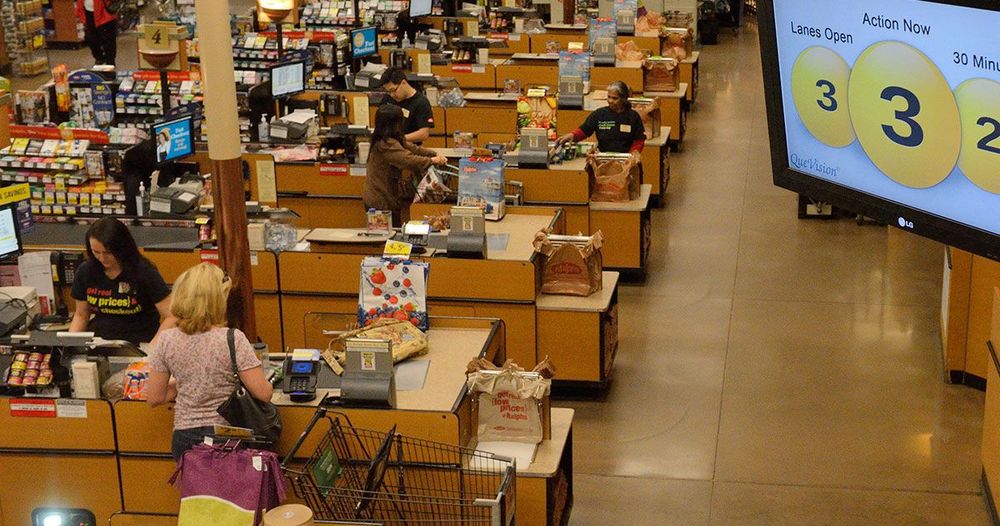
Checking out of a grocery store isn’t exactly a comfortable experience. Not just because of the fact that this is the part where you find out how much money you dropped on all those silly bargain items – though that’s also a factor – but, primarily the checkout lines tend to be ridiculously narrow. These days, you can barely fit a cart through the lane, much less two people next to each other. Why couldn’t they pad it out with a few inches, at least? Well, there’s a reason…
So That You Don’t Ditch Unwanted Items
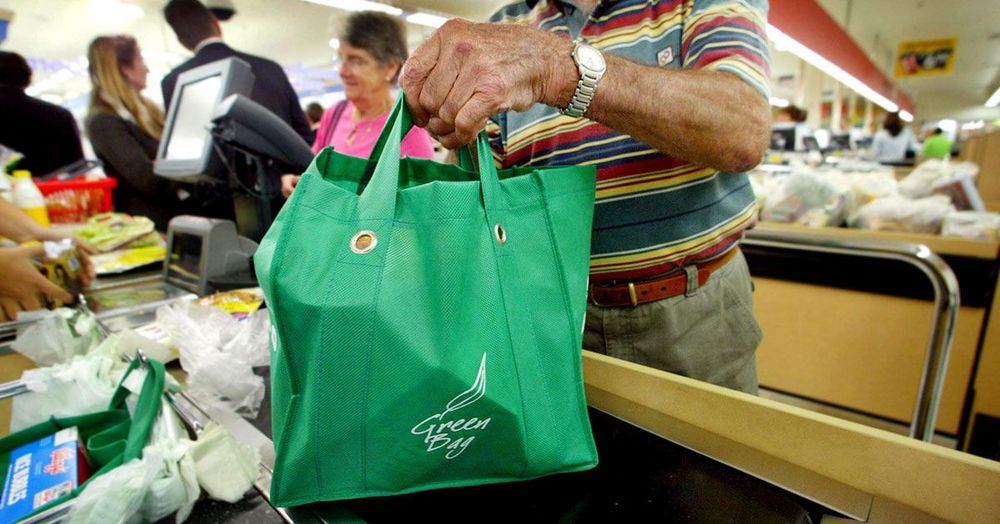
The checkout lane is the place where you deal with the consequences of your binge-shopping. Because of that, supermarkets want to make it as difficult as possible for you to ditch items that you’ve reconsidered. So, they keep the checkout lanes narrow, specifically to ensure that you’re trapped in them. Don’t believe it? Picture it- You’re placing items on the belt, and you realize you don’t care about getting bananas. You briefly consider putting them back – but by this time, the shopper behind you has started placing their items, as well. You’re trapped, and you’re getting those bananas.
Quick Links
